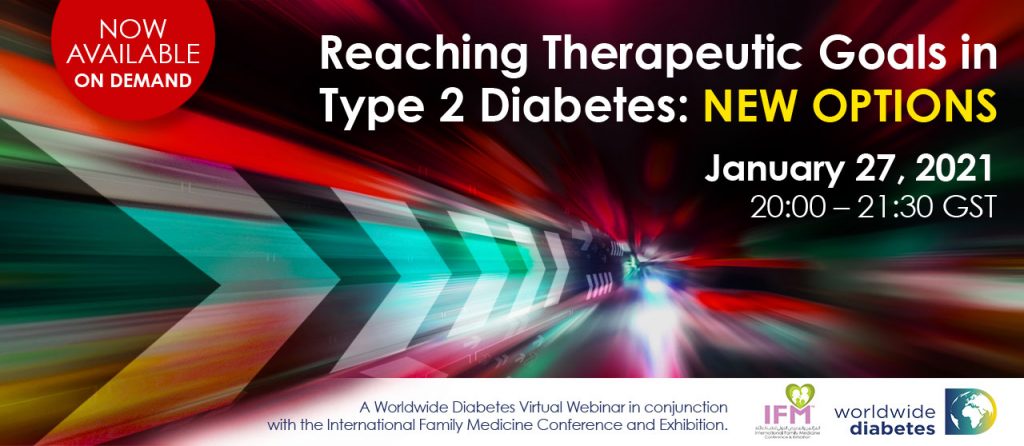
< Back to Blog Listing and Webinar Information
Proven Approaches to Preventing Hypoglycaemia: Where We Are Now
Brian M Frier, BS, MD, FRCP(Edin)
Edinburgh, Scotland, United Kingdom
01/112021
Recognising and understanding the potential dangers associated with hypoglycaemia, a common side effect of insulin therapy (and less frequently of sulfonylureas), are key concepts in managing our patients with diabetes. In severe cases, the condition can cause falls and fractures, cardiac arrhythmias and ischaemia, coma and seizures and driving accidents. Hypoglycaemia is also associated with significant mortality. It is therefore imperative that all possible measures are employed either to prevent hypoglycaemia or to lessen its frequency and severity.
Various approaches are used to achieve these goals. Dependence on symptoms to detect hypoglycaemia is inconsistent and unreliable and sometimes warning symptoms are diminished or absent. Frequent glucose testing is therefore essential. To address this problem, we can look to new technologies. Continuous and flash glucose monitoring has enhanced the identification of low glucose and can identify occult hypoglycaemia when the patient is unaware of symptoms while awake and/or when nocturnal events occur during sleep.
HbA1c is not a reliable index of the risk of exposure to hypoglycaemia, and, in clinical practice, time in range within a glucose profile is now considered to be a more useful and direct measure and can be provided using continuous or flash glucose monitoring.
In screening patients for potential risk factors for severe hypoglycaemia appropriate targets for glycaemic control are still based on HbA1c levels, which should be chosen on the basis of age and activity level. Less strict targets should be set for frail, elderly people, and those with comorbidities such as renal impairment.
Other strategies for minimising or preventing hypoglycaemia include:
- education of patients and their relatives
- selection of appropriate treatment regimens
- modification of diet, medications, and insulin therapy in situations such as exercise, and
- introducing the use of insulin analogues that minimise hypoglycaemia by reducing glucose variability and limiting the risk of nocturnal hypoglycaemia
Looking to the future of hypoglycaemia management, we may have more tools to draw on, including sophisticated technologies such as insulin pumps with insulin suspend features (now in development) that prevent the condition. By restoring normal physiological insulin secretion, transplantation of a whole pancreas or of pancreatic islets can eradicate hypoglycaemia.
At the upcoming webinar, Reaching Therapeutic Goals in Type 2 Diabetes: New Options, we’ll be covering proven strategies in the prevention of hypoglycaemia in patients with diabetes as well as what’s on the horizon. Please join us for this opportunity to discuss this important topic and to share what works best in your practice. Do your patients have access to newer glucose monitoring technologies? What time in range targets are you using with various patient groups? Please comment below.
Register and Access the On-Demand Webinar
COMMENTS
REPLIES
There are no comments on this post yet.
